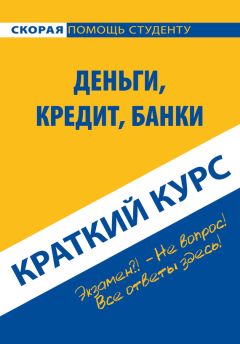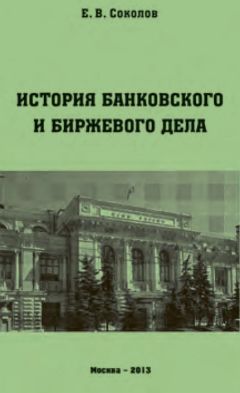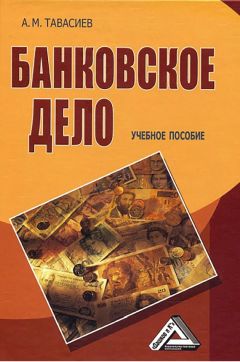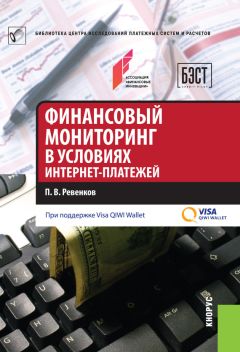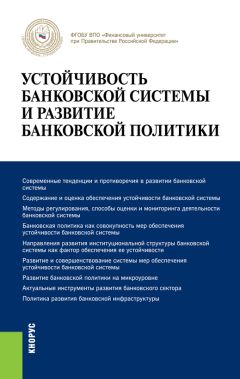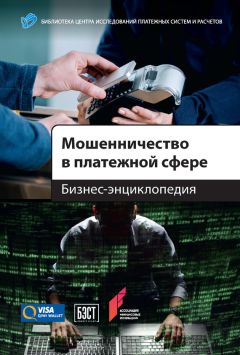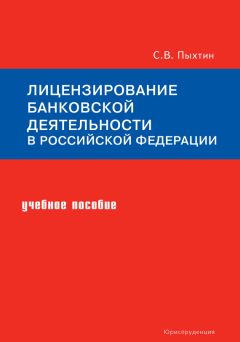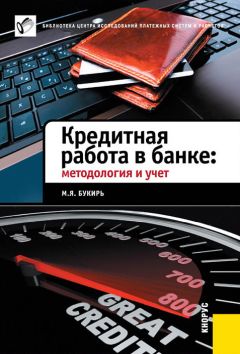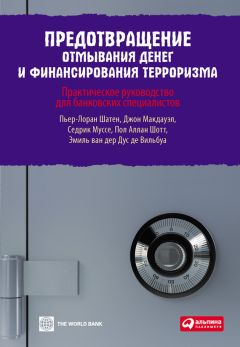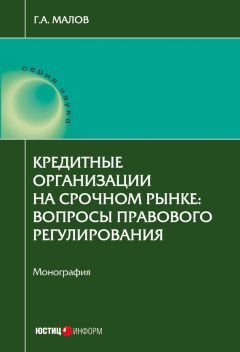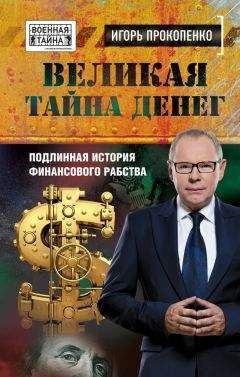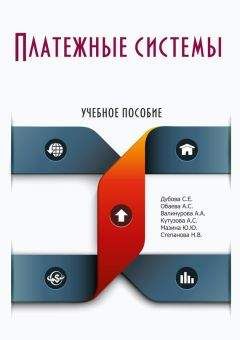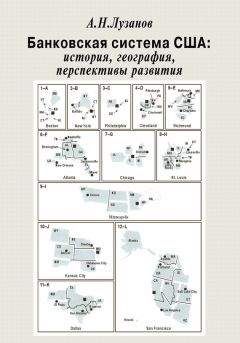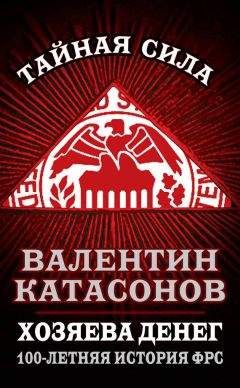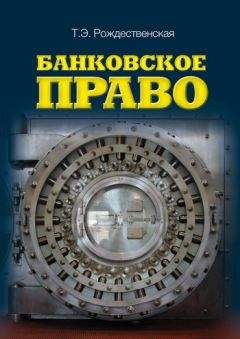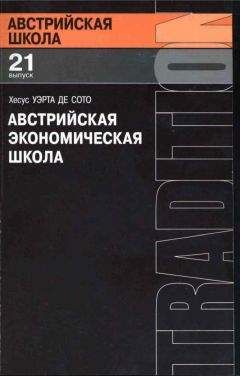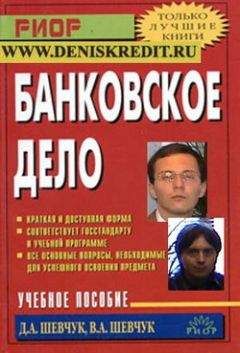Коллектив авторов - Money, money circulation and credit
Все авторские права соблюдены. Напишите нам, если Вы не согласны.
Описание книги "Money, money circulation and credit"
Описание и краткое содержание "Money, money circulation and credit" читать бесплатно онлайн.
This еducational manual reviews the questions of money, credit and bank system theory and practice in our country. In particular the essence of money, money turnover, credit, money, credit and bank system of the state, the establishment and development of the bank system of our Republic, its functions and operations, the capital market, stock-market and international currency and credit relations development.
This еducational manual is published for students and lecturers of the economic universities.
And is also could be useful for credit and fi nancial system employees.
Any distribution of this work or its part without the author’s agreement or other actions which violate a copyright norms are prohibited and punished by law.
В учебном пособии рассматриваются вопросы теории и практики денег, кредита и банковской системы страны, в частности, сущность денег, денежное обращение, кредит, денежная, кредитная и банковская система государства, становление и развитие банковской системы республики, ее функции и операции, развитие рынка ценных бумаг, фондовая биржа и международные валютно-кредитные отношения.
Учебное пособие предназначено для студентов и преподавателей экономических вузов. Также оно может быть полезным работникам кредитно-финансовой системы. Любое распространение этой работы или ее части без согласия автора или других действий, которые нарушают авторское право, запрещены и караются по закону.
The second-tier banks rules for conducting of transactions with bills of exchange and promissory bills approved by a decision of the board of directors of the National Bank of the Republic of Kazakhstan dated from November 15, 1999 № 397.
The bills of exchange accounting rules of the second-tier banks of the Republic of Kazakhstan approved by a decision of the board of directors of the National Bank of the Republic of Kazakhstan dated from November 15, 1999 № 396.
The rules of rediscount of bills by the National Bank approved by a decision of the board of directors of the National Bank of the Republic of Kazakhstan dated from November 15, 1999 № 395.
The policy and procedure for rediscount of bills of the National Bank of Kazakhstan approved by a decision of the board of directors of the National Bank of the Republic of Kazakhstan dated from March 21, 2000 № 111.
The instruction on the financial analysis the bills’ emitters and the limits determination of the bills rediscount approved by a decision of the board of directors of the National Bank of the Republic of Kazakhstan dated from March 16, 2000 № 96.
The Law «About the cost of stamping in regard to the bills of exchange and promissory bills in the Republic of Kazakhstan)) dated from December 15, 2000 № 122-II (repealed).
Cheque is a due form financial document containing an ultimate order of an account owner in a loan institution about a payment to a cheque holder a definit sum of money. Initially the cheques appered in the XVI-XVII centyries in the Great Britain and Holland.
There are three different types of cheques: an order check which is untransferable issued to a person by name; a bearer cheque not indexed by name; an order cheque issued to a certain person but with the right of disposal by endorsement.
In Kazakhstan the cheques issue, circulation and payment is performed on the basis of the following normative legal documents: the Law of the Republic of Kazakhstan dated from July 29, 1998 № 237-I «About the payments and money transfers»; «The rules of cheques application on the territory of the Republic of Kazakhstan» dated from December 5, 1998 № 266; and the National Bank of the Republic of Kazakhstan board of directors decision dated from April 25, 2000 № 179 «About the regulations adoption of the financial instruments application, the wire transfers execution and remissions on the territory of the Republic of Kazakhstan».
According to these laws and regulations in Kazakhstan could be issued the following types of cheques:
A covered check supplied with a deposit preliminary placed by a cheque drawer to an account;
An uncovered cheque without sufficient funds. The cheques can contain a bank guarantee to their payment including according to the uncovered cheques.
A cheque drawing is a mean of payment which is performed by means of a payment document issue by a cheque drawer to a cheque holder. A cheque issue is not a monetary obligation fulfilment by a cheque drawer for which such cheque was drawn.
The fulfilment of such obligation happens in the moment of a cheque money receipt. The rights and obligations of a cheque drawer and bank in regard to a cheque application are based on an agreement about the cheques application between the cheque drawer and bank. The right of a cheque holder appears in the moment of a cheque receipt from a cheque drawer.
A cheque holder receives a right of a cash claim to the bank of a cheque drawer in amount indicated in cheque. The bank of a cheque drawer pays a cheque presented by a cheque holder or reasonably dishonors it in the terms prescribed by the laws and regulations of the National Bank of the Republic of Kazakhstan.
By means of electronic money, i.e. on the basis of paperless carriers in the form of electronic signals a vast majority of interbank transactions is exercised. The advanced technologies transition created the conditions for the paper cheques and cheque books change on the credit cards with the electronic microcircuits. The credit cards are widely used in the sphere of different trades and services.
The study about the electronic money as a type of credit money is necessary to carry over by a separate matter because this theme is quite new and wide thus requires the more detailed consideration.
1.2.4. Electronic money
The banking system computerization in the beginning of 60s of the last century gave an opportunity to begin the usage of plastic cards. Electronic money is the monetary units electronically kept on the facilities (plastic cards) which are at the disposal of owners.
The basic elements of the electronic money system are the automated clearing houses (ACH), the systems of automated cashiers (electronic booking offices and cash machines) and terminals set in the points of purchase. The electronic money emission is carried out by the bank which serves the plastic card owner. In one case the emission is provided by the monetary means which are kept on the owner’s account of the bank and the cost of a commodity immediately debits. And in the other the bank emits electronic money by client’s crediting and allows a plastic card holder to postpone payment of goods and services purchase.
Notwithstanding that plastic cards were widely used in the World beginning from 60s of the XXth century in Kazakhstan the market of plastic cards began to develop only in 1993 from the National interbank system of electronic cards foundation with the usage of microprocessing debit and credit cards on the basis of electronic wallets conception.
The realization of electronic wallet conception is not provided in its «pure» form, i.e. before the payments settlement but as follows money discounted on the clients’ microprocessing cards actually stays in bank on the clients’ current accounts consequently allowing accumulating it in the banking system. The population receives an opportunity to make payments for goods and services in any place of the Republic of Kazakhstan and regardless of what bank serves the card holder.
The following laws and regulations make a legal framework of plastic cards functioning on the territory of Kazakhstan:
The National Bank of the Republic of Kazakhstan board of directors’ decision dated from August 24, 2000 № 331 «About the regulations adoption of payment cards issue and application in the Republic of Kazakhstan)).
The National Bank of the Republic of Kazakhstan board of directors’ decision dated from July 2, 2002 № 713 «About the programme establishment of the National interbank system of payment cards on the basis of microprocessing cards development).
The National Bank of the Republic of Kazakhstan board of directors’ decision dated from December 23, 2002 № 510 «About the regulations adoption of the National interbank system of payment cards on the basis of microprocessing cards functioning).
For the first time the cash machines were implemented by several commercial banks in 1997. In the end of 2002 in Kazakhstan 702 cash machines functioned whereby their quantity grew on 30 % against 2001. To the beginning of 2010 6956 cash machines functioned already.
As on July 1, 2009 there are 19 banks and Kazpost JSC which perform plastic cards issue indeed. And the second-tier banks issue plastic cards of local systems: Altyn Card (Halyk Bank of Kazakhstan, JSC and ATF Bank, JSC); SmartAlemCard (BTA Bank, JSC); the local card of Citibank Kazakhstan (Citibank Kazakhstan, JSC) and Temir Card (BTA Bank, JSC, Temirbank, JSC).
Besides Kazakh banks issue and distribute payment cards of international systems: VISA International, Europay International, American Express International, China Union Pay and Diners Club International.
For the last five years the development of plastic cards in Kazakhstan became one of the most dynamically developing financial instruments of cashless settlement and credit money forms.
The 1st table shows that beginning from 2004 till July of 2009 all the other indexes of plastic cards market development in our Republic grew. Thus the circulated cards quantity for the analyzed period increased on more than 5 million items or by 4 times and ran at 7039.7 thousand items, consequently the average monthly balance on the cards’ accounts against the beginning of 2006 on 63124.4 million tenge.
Table 1
The plastic cards market development indexes in Kazakhstan
As on January 1, 2010 banks issued 7.6 millions of payment cards and the quantity of these cards holders reached 7.1 million people (against the analogue period of 2009 – growth on 6.5 and 7,0 % consequently). The most widely-spread payment cards are cards of international systems, their share reached 97.1 %, local systems – 2.1 %.
In December, 2009 the transaction volumes with payment cards usage of the Kazakhstans emitters composed 300.6 billion tenge (the growth in compare with December, 2008 composed 18.4 %). The transactions’ quantity for December, 2009 reached 12.6 million and increased against December, 2008 to 14.1 %. Whereby the growth of wire transfers quantity reached 23.8 % (2.2 million transactions) and the quantity of cash withdrawal operations – 12.2 % (10.3 million transactions).
Plastic cards are manufactured from a special plastic and basically have a standard size: 2.125»x3.375» (about 53.9x85.6 mm.) and width – 0.039 (~ 0.76 mm.).
Plastic cards can be classified according to a variety of parameters. One of the main is an intended purpose. Cards can be devided on banking (sometimes they are called payment) and nonbanking (identification, club and discount).
Banking cards are supposed to be issued and used for performing of banking operations: opening of the accounts, settlement and cash services, currency trading, etc. Such card is a long service result of banking system of payment mechanism improvement and an integral feature of a modern human.
This card contains the following information: on the front the name of holder, number, term of validity, emitting bank logotype and payment system logotype are recorded. Some cards have a hologram either as one of protective means from forgery and on the back side of card there are a place for holder’s signature, magnetic stripe, sometimes holder’s photo and logotypes of cash machines’ net where a card could be cashed.
Card’s number consists of 16 figures: the first six figures are an emitting bank code (Issuing Bank), the following nine figures are a banking card number (a number of card-account) and the last figure is confirming.
Payment card is a personalized payment instrument which offers its holder a possibility of cashless payment for goods and/or services and of encashment in the bank’s divisions (branches) and in the banking cash machines. The trade/service enterprises and bank divisions which accept the cards form a net of servicing points (or receiving network).
As electronic data storage device payment cards are divided on cards with magnetic stripes and cards with chips (microcircuits). The first are called magstripes and the second – smart cards or chip cards.
Cards with magnetic stripes have magnetic stripes on the back side which keep data including card’s number (banking current account), name of a holder, date of expiry (VISA, EUROCARD, MASTERCARD). Magnetic stripe doesn’t contain an information about the holder’s account status.
When card «passes through» a point-of-sale terminal it reads out a number of holder’s banking account from a magnetic stripe after that the terminal connects to a banking processing center in order to receive a confirmation about the required sum availability. Otherwise speaking the bank’s permission of an emitter is requested to perform an operation using this card.
Bank’s permission to perform an operation by means of banking card which constitutes bank’s obligation to transfer money according to settlement document drawn with its help is called authorisation. Upon the bank’s permission receipt a point-of-sale terminal prints a slip (a special trade check) in three copies: one for buyer, second stays in trade enterprise and third should be sent to bank for payment. On the basis of presented slip the bank debits the card’s holder account and transfers money to the trade enterprise account.
Integrated circuit card (smart card) – memory card. Instead of magnetic stripe it has a built in microcircuit (microprocessor) which itself keeps an information about holder’s banking account current status and confirms availability (or absence) of required sum. As a result the speed of such cards authorization in passing through a terminal station is much higher – 5-10 seconds. Their information capacity is much bigger than the cards with magnetic stripes have but they are more expensive.
One of modifications of smart cards is «an electronic wallet». The conception of its creation is quite new and only high-powered card systems make its issue. Unlike the common plastic cards the electronic wallets are not linked to the client’s current banking account absolutely. It is «charged» on a definite sum of money thus the settlements made with its help do not require any authorization.
During an electronic wallet purchase in bank in the form of a definite type of card it is «empty». It could be purchased by a some money place to a common account which wouldn’t be refilled before the full write-off this sum. This sum is an amount of an electronic wallet’s «charge», i.e. this sum is at holder’s disposal during the purchases of goods and services. When the sum will be exhausted an electronic wallet could be «charged» again.
As can be seen from the above it plays role of a sort of a money vault electronically. Due to its limited capacity its loss doesn’t result any heavy losses thus it doesn’t require any costly systems of protection and holder identification, i.e. it is anonymous.
Nowadays magnetic cards are most popular. But experts say that smart cards are future. Recently a substantial increase of exactly this type of cards usage as a mean of payment is observed.
Cards could be separated according to identification information spread method (card holder name, number, term of validity, etc.). These data could be inserted by an embossed print (pressed) by a special machine (embosser) and this card is called embossed.
On non-embossed cards this information is burned out and as a rule such cards are intended only for an electronic usage.
According to the functional characteristics banking cards are separated on credit cards and debit cards. Credit card allows its holder to receive a definite credit during the payments for goods or services the cost of which is higher than a bank account balance pegged to the card (card account).
The debit card owner can make payments for the purchased goods and services and to cash it in the cash machines only up to the amount available on the card account. In the USA the credit cards prevail, in Kazakhstan – debit cards which consist the bigger part of all payment cards.
Both credit and debit cards can be individual and corporate. The individual cards (Customer cards) are issued only to private persons and corporate – only to companies (enterprises).
Corporate card is linked to a companies’ account and can be issued only on a companies’ employee for payment of expenses coming from his business activity and official trips.
Подписывайтесь на наши страницы в социальных сетях.
Будьте в курсе последних книжных новинок, комментируйте, обсуждайте. Мы ждём Вас!
Похожие книги на "Money, money circulation and credit"
Книги похожие на "Money, money circulation and credit" читать онлайн или скачать бесплатно полные версии.
Мы рекомендуем Вам зарегистрироваться либо войти на сайт под своим именем.
Отзывы о " Коллектив авторов - Money, money circulation and credit"
Отзывы читателей о книге "Money, money circulation and credit", комментарии и мнения людей о произведении.






